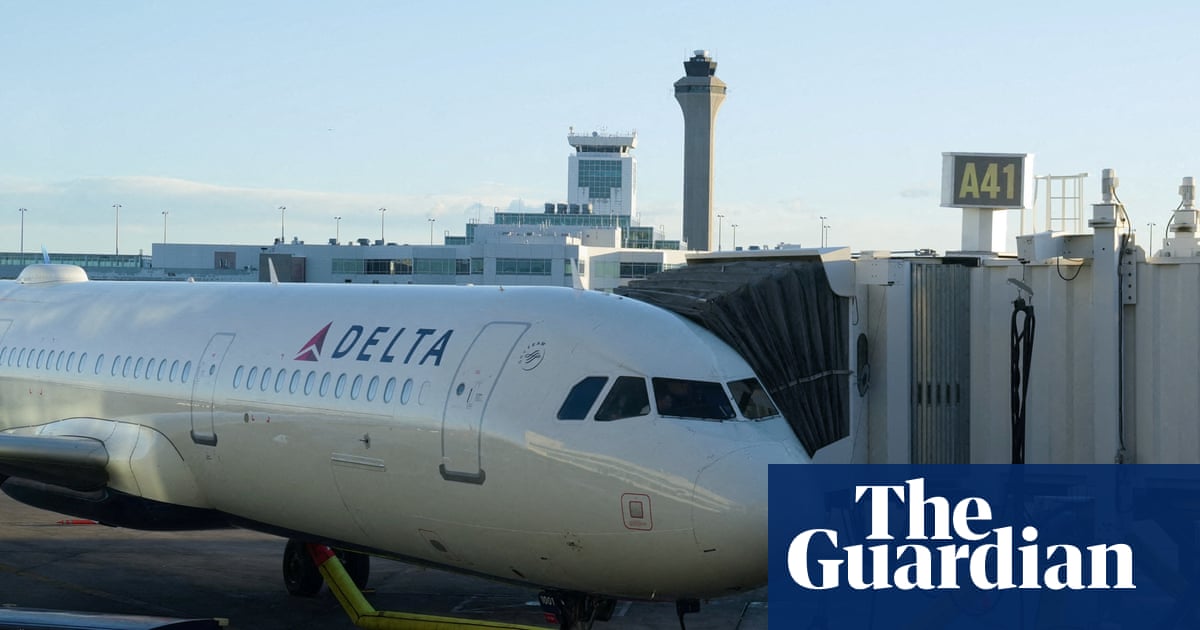The Federal Aviation Administration (FAA) said on Thursday thatDenverair traffic control lost communications for about two minutes on Monday, but was able to maintain contact through an emergency frequency.
FAA communications failures have gained attention due to a series of telecom outages at the facility overseeingNewarkair traffic thatshook public confidence. Unlike the 28 April incident at the facility that handles Newark traffic, radar screens did not go blank in Denver.
Franklin McIntosh, the FAA’s deputy head of air traffic control, said during a US House of Representatives hearing that at theDenverAir Route Traffic Control Center, both the main and backup frequencies failed for about two minutes, but a controller was then able to transmit to the aircraft to move to a secondary frequency.
He said there was no loss of separation between airplanes during the outage. “They did exactly what the safety protocols were,” McIntosh said.
“Anytime there are these outages, which are happening more regularly now, it is very concerning,” said Robert Garcia, a California Democratic representative, at the FAA oversight hearing.
Issues like the one in Denver are not uncommon given ageing equipment.
A report last year from the Government Accountability Office said the FAA had 138 information systems for air traffic control and 51 were unsustainable due to outdated functionality, a lack of spare parts and other issues. The report called for the agency to take “urgent action”.
The FAA told the GAO last year it did not plan to complete modernization projects on many systems for at least a decade.
The FAA said it is investigating after part of the center experienced a loss of communications around 1.50pm in Denver, when both transmitters that cover a segment of airspace went down.
“Controllers used another frequency to relay instructions to pilots. Aircraft remained safely separated and there were no impacts to operations,” the FAA said.
The FAA relocated control of Newark airspace to Philadelphia last year to address staffing and congested New York City area traffic. But the FAA is about 3,500 air traffic controllers below targeted staffing levels.
The latest incidents highlight the air traffic control network’s ageing infrastructure and come after the US transportation secretary, Sean Duffy, last week proposed spending billions of dollars to fix it over the next three to four years.
